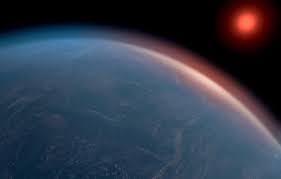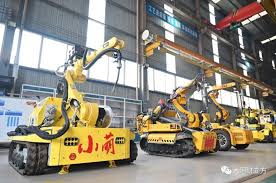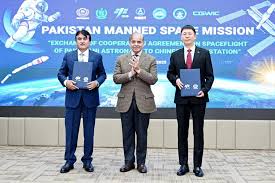Dusty alien planets could be more likely to harbour life, study suggests

Islamabad: Dusty alien planets might have a better chance at harboring life, a new study suggests.
Scientists studying the potential habitability of alien worlds look at a number of key factors, including temperature and composition (is it a rocky planet? Is it gaseous?). But in a new paper, scientists explore one often overlooked variable that could indicate whether life could exist on an exoplanet: dust.
Now, we know that dust plays a role in climate here on Earth and also on Mars. According to this new study from researchers at the University of Exeter in the U.K., the Met Office (the U.K.’s national weather service) and the University of East Anglia in Norwich, England, planets with significant amounts of airborne mineral dust could be habitable within a greater range of distance from their star. This creates a wider window of exoplanets that might be capable of harboring life.
In this study, researchers looked at M-dwarf planets, exoplanets which orbit close to cooler stars smaller than our sun. These planets usually orbit their stars in synchronous rotation, so there is a permanent day side of the planet facing the star and a permanent night side facing away. They performed a number of simulations of terrestrial planets and, using climate models, showed how the presence of substantial amounts of airborne mineral dust on the planet affected it.
They found that dust would cool the hot day side of such an exoplanet and would warm its cold night side.
“On Earth and Mars, dust storms have both cooling and warming effects on the surface, with the cooling effect typically winning out,” Ian Boutle, lead author of this study from the Met Office and the University of Exeter, said in a statement.
“But these ‘synchronized orbit’ planets are very different. Here, the dark sides of these planets are in perpetual night, and the warming effect wins out, whereas on the dayside, the cooling effect wins out. The effect is to moderate the temperature extremes, thus making the planet more habitable,”
However, while dust might be a key factor in some planets’ habitability, it also complicates scientists’ ability to observe these planets. “Airborne dust is something that might keep planets habitable, but also obscures our ability to find signs of life on these planets. These effects need to be considered in future research,” co-author Manoj Joshi, a professor at the University of East Anglia said in the same statement.
This research included work from undergraduate physics students, aiming to not only expand our understanding of exoplanet habitability, but to also support early-career researchers.
“To be able to involve undergraduate physics students in this, and other projects, also provides an excellent opportunity for those studying with us to directly develop the skills needed in such technical and collaborative projects,” co-author Nathan Mayne, a professor at the University of Exeter, said in the statement.





